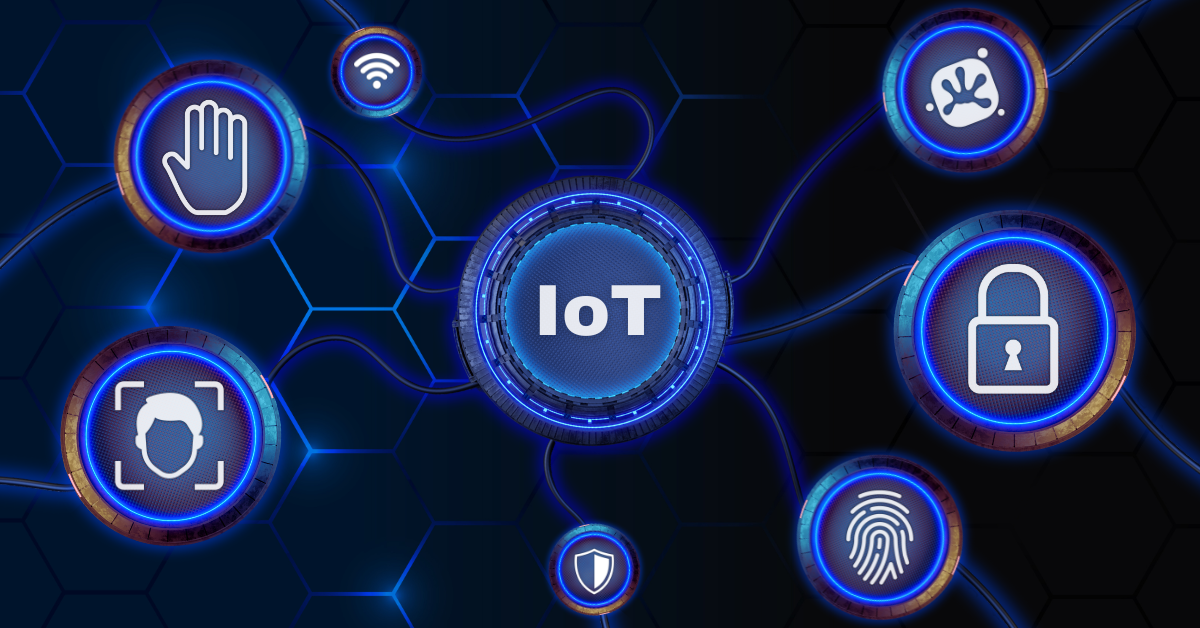Categories
The Internet of Things (IoT) is reshaping our world, connecting billions of devices from homes to industries. Yet, this vast network introduces security risks, with devices vulnerable to cyberattacks. IoT and Biometrics, integrating unique human traits for authentication, offer a powerful solution to safeguard these ecosystems.
This article explores the convergence of IoT and Biometrics, examining their advancements, applications, challenges, and future potential in securing our interconnected future.

By 2030, projections estimate 50 billion IoT devices worldwide, spanning smart appliances, industrial sensors, and wearables. This connectivity drives efficiency but exposes vulnerabilities, as many devices lack strong security measures, making them targets for breaches and unauthorized access.
Biometrics strengthens IoT by ensuring only authorized users interact with devices, fostering trust in connected systems.
Biometrics authenticate identities using unique traits like fingerprints, facial features, or voice patterns. When integrated with IoT, they deliver seamless, secure interactions across applications, reducing reliance on vulnerable credentials.
IoT and Biometrics leverage advanced technologies:
Internet of things and Biometrics are transforming sectors by addressing security needs and enhancing user experiences.
These applications highlight the power of IoT and Biometrics in creating secure, user-focused ecosystems.
Combining IoT and Biometrics faces technical and ethical obstacles that require careful navigation.
Many IoT devices lack the power to process complex biometric algorithms efficiently.
Diverse IoT platforms often lack unified standards, hindering biometric integration.
Environmental factors, like noise affecting voice recognition, can lead to authentication errors.
Biometric data is highly sensitive, as it cannot be reset if compromised. Widespread use of facial recognition in IoT raises surveillance concerns, particularly without clear consent. Regulations like GDPR and CCPA mandate strict data protection, requiring robust compliance to maintain user trust.
Biometrics and IoT are poised for growth, with innovations addressing current limitations and expanding capabilities.
Machine learning will enhance biometric precision, detecting subtle traits like voice stress for adaptive authentication.
Continuous biometric verification will ensure ongoing security in IoT interactions.
Multimodal biometrics, combining face and voice, will boost accuracy and reduce errors.
Decentralized biometric data storage will enhance security and prevent tampering.
As IoT weaves deeper into our lives, biometrics is a vital partner in securing this connected landscape. IoT and Biometrics address vulnerabilities with robust, user-centric authentication, leveraging AI, edge computing, and multimodal systems. Overcoming technical and privacy challenges is crucial to building trust. As these technologies evolve, their synergy will create a secure, seamless future, ensuring safety across industries and homes. The connected world is here—the internet of things and Biometrics are ready to protect it.